Olive is happy to report that local field asparagus season has begun! Despite the looming storm clouds, I was determined to drive out to Andrews’ Scenic Acres yesterday morning to do something I’ve long wanted to do: pick my own asparagus. It turned out to be a beautiful morning.
It is early in the season and the asparagus has just begun to come up alongside the rhubarb. Farmer Bert Andrews says the asparagus season will run from now to about mid June; the first of June will likely be the ideal pick-your-own period. The pick-your-own rhubarb season will run from now to about the end of June.
The asparagus field looks like a a little comical with single spears poking up up from the ground, here and there. In the photo above, you can barely see them poking up along the horizon.
To ensure the asparagus will grow back again next year, cut the asparagus about one inch below the surface of the earth; it’s easy and Andrews’ will supply you with a knife. Wear rubber boots and protect yourself from mosquitoes.
You can’t get farm-to-table fresher than picking your own. I couldn’t resist trying a spear raw: it tasted green and robust and sweeter than the raw spears I have tasted from the grocery store. If you are tempted to try one of the many raw asparagus salad recipes that are trending right now, I recommend picking your own asparagus and eating the salad as soon as possible the same day.
I decided to treat my Dad to a bundle of ready-picked asparagus that Farmer Bert Andrews (below left) brings in from Simcoe County while his asparagus is still so early in the season. Manager Stephanny (below right) helped me pick out a bundle of Andrews’ ready-picked rhubarb; I’ll turn it into stewed rhubarb to eat with my breakfast yogurt. Oh my, how Olive loves spring!
I prefer to eat my asparagus the day I buy it but it will keep in your fridge okay for a few days if you stand the stem ends in a jug of water or wrap them in a damp paper towel and cover the bunch in plastic wrap. I snap off the woody ends where they break naturally and wash each spear under cold, running water, paying special attention to the head where sand and grit get trapped. For tips on choosing, storing, and preparing asparagus visit Foodland Ontario.
My preferred method of cooking asparagus is oven-roasted. Oven-roasting caramelizes the asparagus and I find I don’t need to serve anything with it but a squirt of lemon juice. My Simple Oven-Roasted Asparagus recipe is here: http://olivetoeat.com/?p=858
But what better way to celebrate the start of the local asparagus season than with a splurge of hollandaise sauce? A dear friend (and fabulous cook) recently gave me a great recipe for an easy and delicious blender hollandaise sauce. Scroll down to the bottom of this post for the recipe.
Andrews’ Scenic Acres (established in 1980) and Scotch Block Country Winery (a fruit winery opened in 1999), is family operated and grows a wide variety of pick-your-own or fresh picked fruit, vegetables, and flowers. The barn market sells jams, jellies, pies, tarts, honey, maple syrup, juices and frozen fruit. House-made frozen yogurt and ice cream is made from farm-grown fruit. Family fun and harvest festivals.
Andrews’ Scenic Acres
9365 10th Sideroad
Halton Hills, Ontario
Telephone: 905-878-5807
Please call to confirm dates and time open.
Open daily: May 3rd to November 1st, from 9:00 am to 5:00 pm.
Open November 1st to December 31st, Saturday and Sunday plus the week before Christmas: 11am to 5pm.
Andrews’ Scenic Acres also sells their farm fresh produce at several local farmers’ markets. Click here for a list: http://www.andrewsscenicacres.com/farmmarket.php
Website: www.andrewsscenicacres.com
Twitter: https://twitter.com/AndrewsScenic
Facebook: https://www.facebook.com/AndrewsScenicAcres
Easy Blender Hollandaise Sauce
Makes 1/2 cup
This recipe was passed on to me by a dear friend and fabulous cook. Use a blender or food processor for best results.
Ingredients:
3 large egg yolks
1 tablespoon of water
3/4 cup unsalted butter
Freshly squeezed juice of 1/2 a lemon
1/4 teaspoon salt
Pinch of ground white pepper, freshly ground black pepper, or ground cayenne pepper.
Directions:
- Place butter in a small saucepan over low heat to melt.
- Plop water and egg yolks in a blender or food processor; blend for about 90 seconds.
- Turn the heat under the melted butter up to medium high, just until the butter starts to bubble.
- With the blender motor running, slowly pour the hot melted butter through the feeder tube in a thin, steady stream (don’t include the milky, foamy bits); sauce will thicken at this point.
- Again with the motor running, add the lemon juice, salt, and pepper through the feeder tube. Unplug the machine and taste to adjust seasonings, if necessary.
- Serve immediately with steamed asparagus, steamed artichokes, steamed new potatoes, poached eggs, or roasted fish.
Though the eggs are lightly cooked by the hot butter, as a safety precaution follow all food safety guidelines concerning the consumption of raw eggs.
Read More

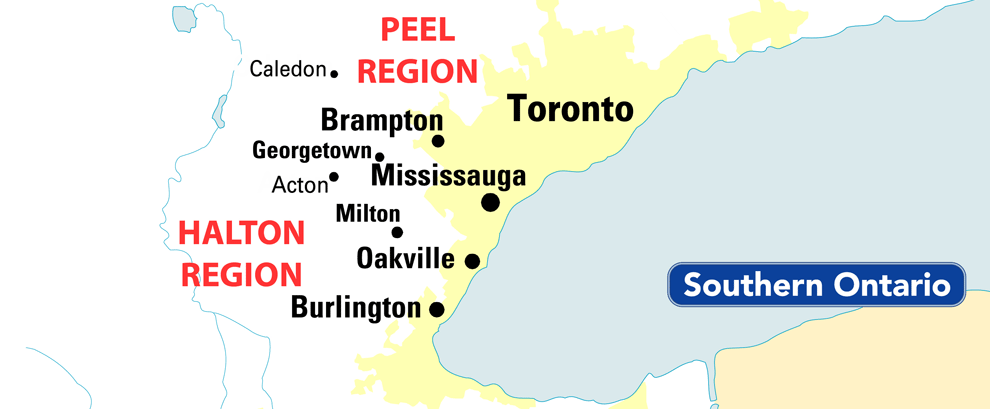
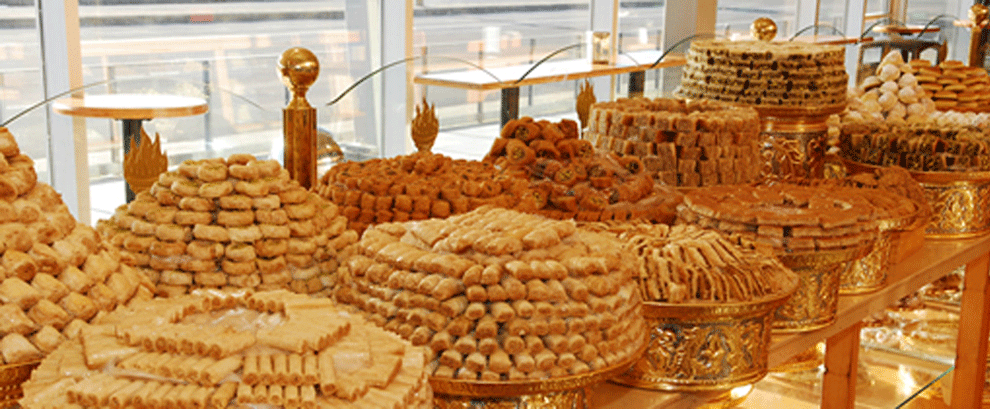
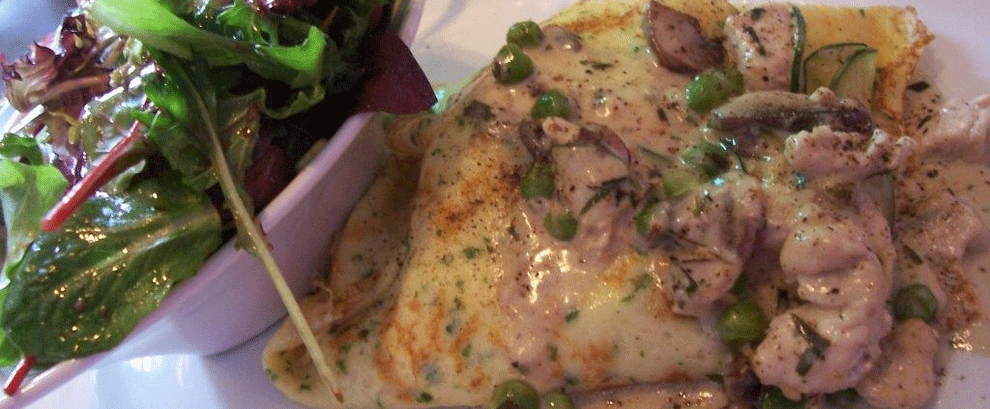

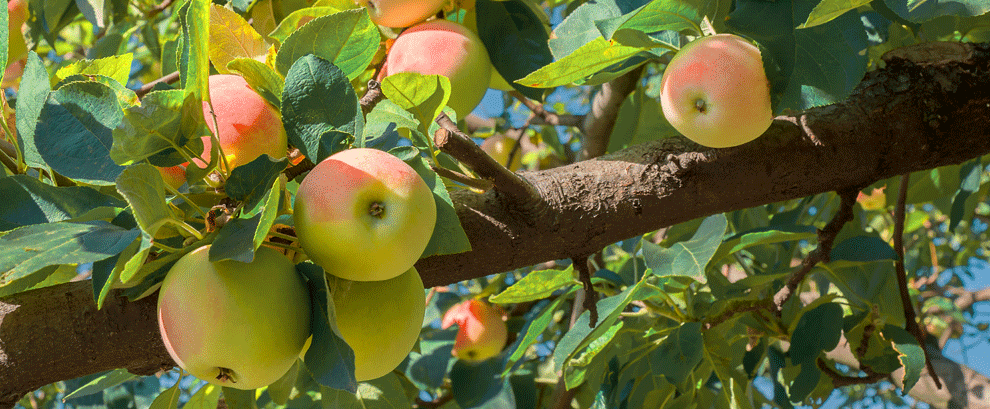

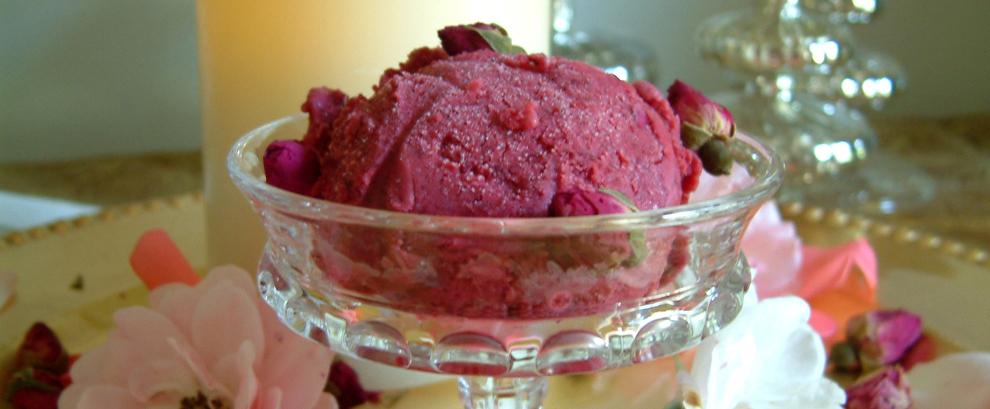



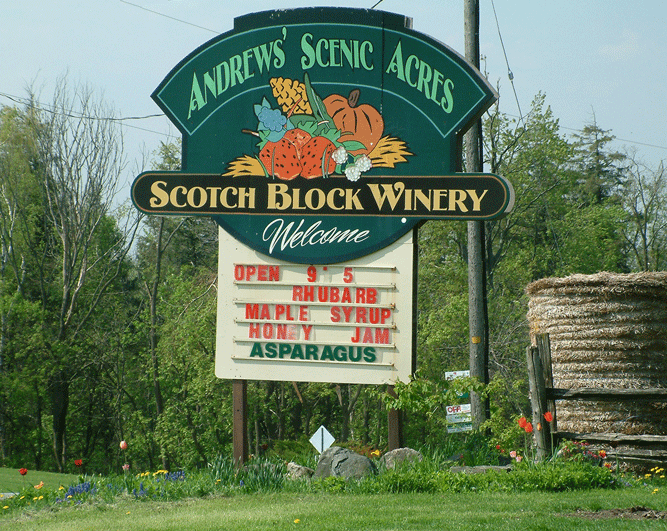
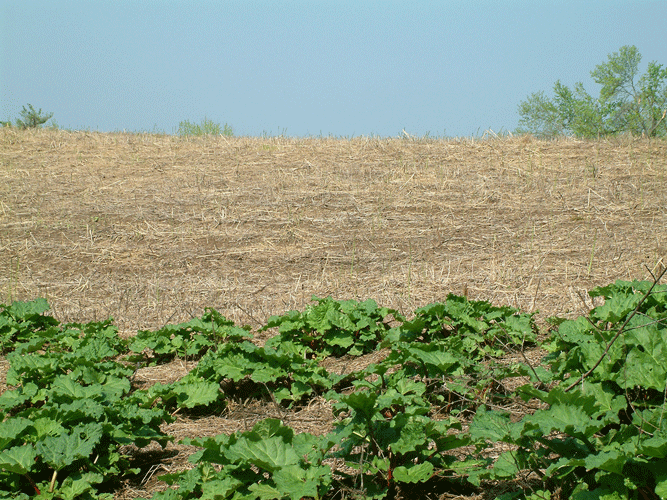


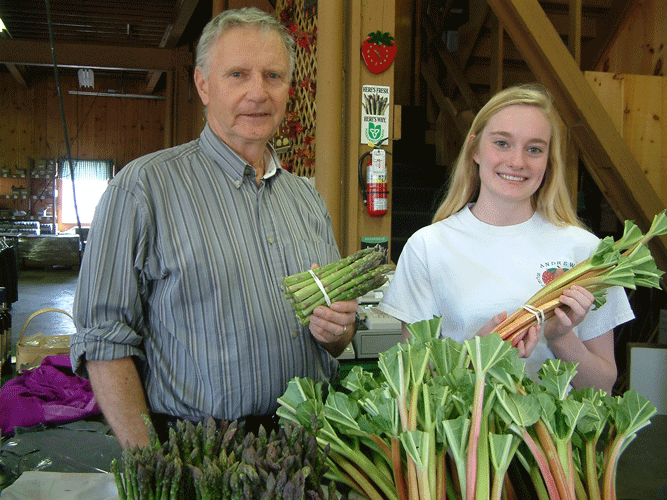
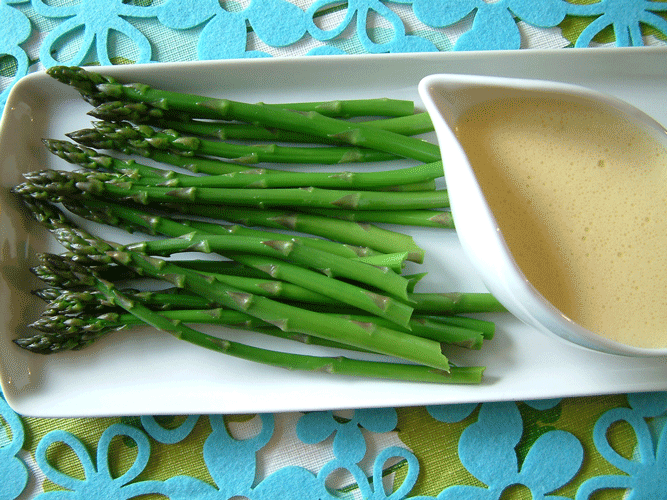
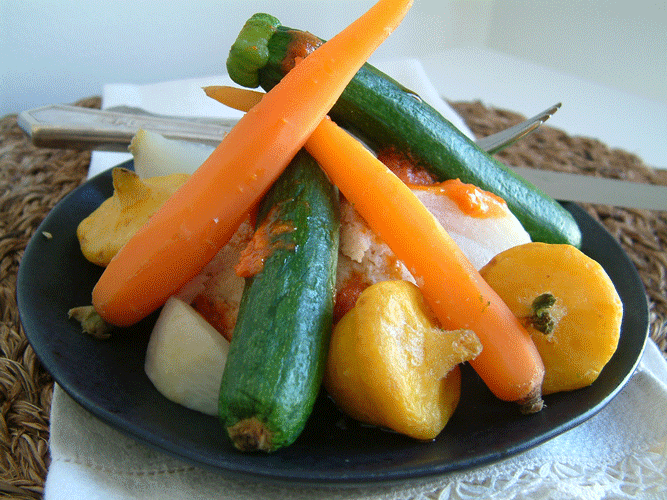
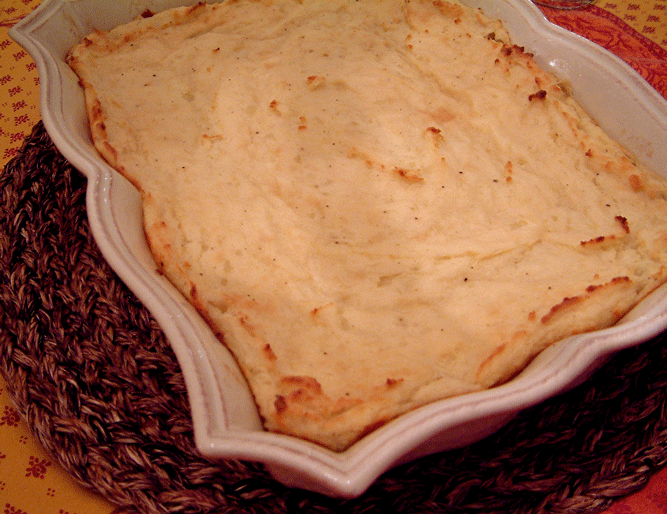
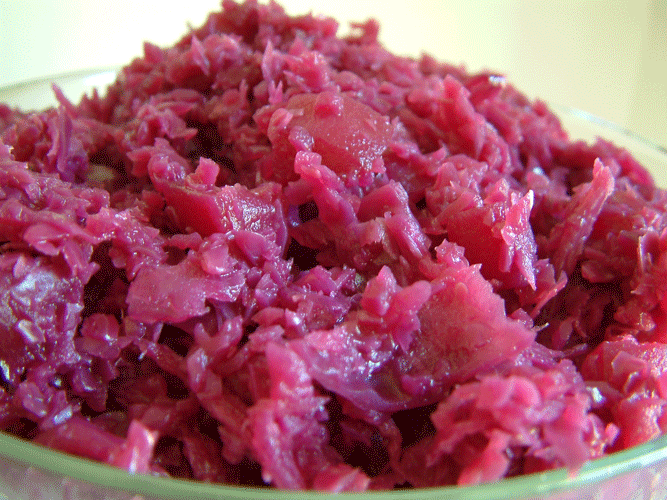
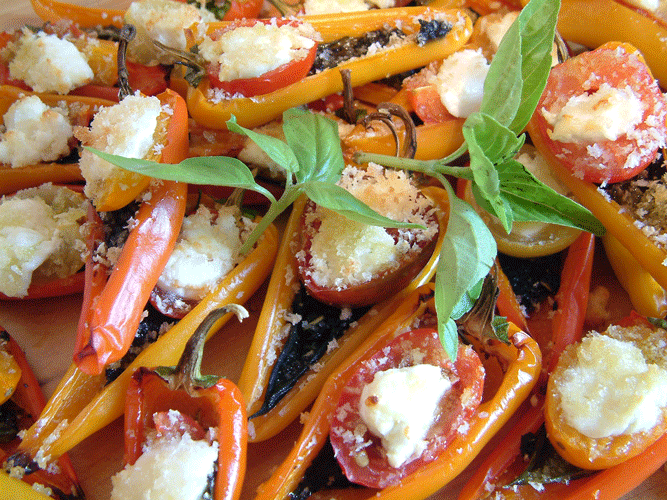
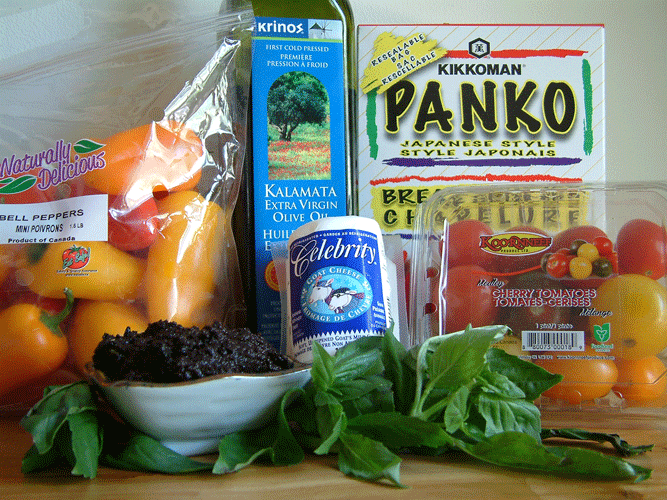
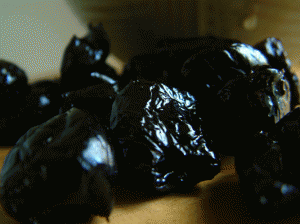
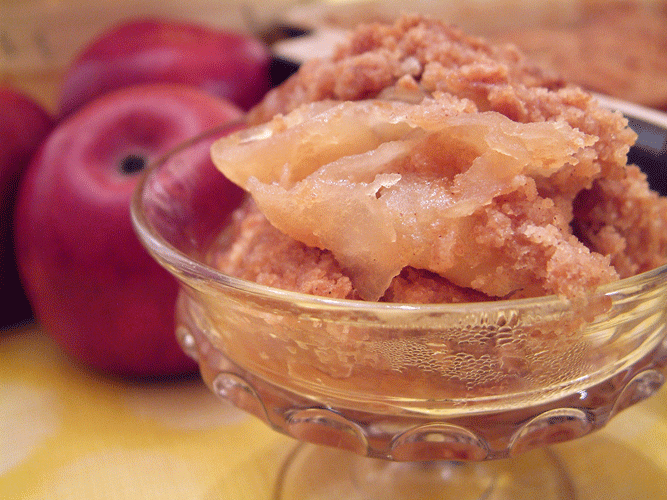
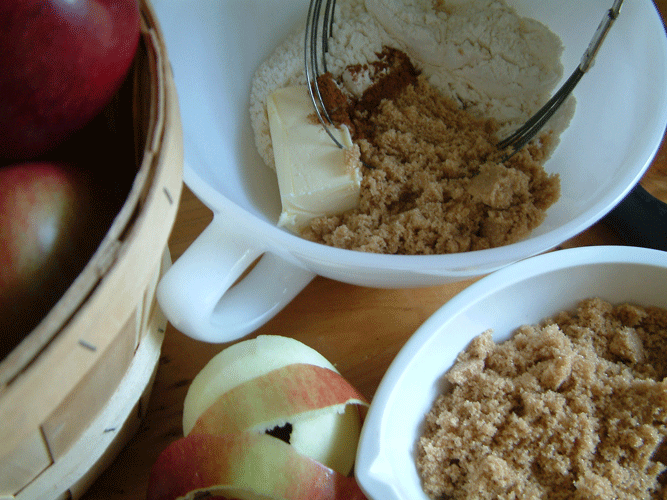
Still hungry? Follow my posts and find lots more Olive on: